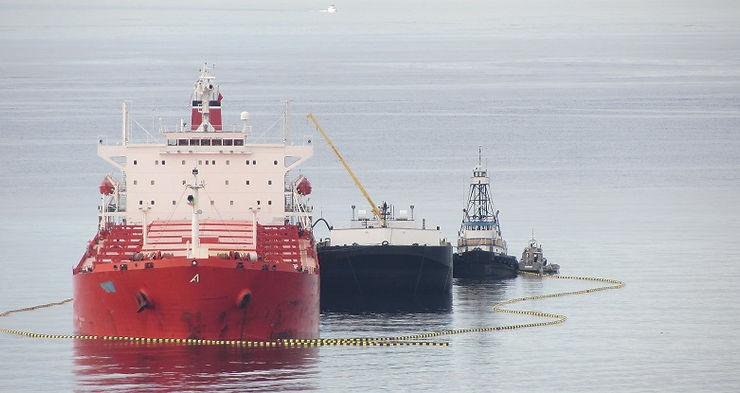Articles, Interesting Info
THE USE OF CCTV CAMERAS ON SHIP
In the maritime business, the use of CCTV cameras on ships is crucial. It offers security and safety for those on board ships and can be used to monitor the navigation, engine room, cargo operations, berthing and unberthing, and many other aspects of the ship. The footage from recorded maritime incidents can support the appropriate authorities during their investigation.
CCTV CAMERAS PROVIDES PROTECTION FOR HUMANS AND PROPERTY
CCTV MUST MEET CERTAIN CRITERIA
CCTV cameras must adhere to various requirements, some of which include:
– CCTV cameras must meet certified and recognized marine standards.
– Requirements for camera maintenance
– The ability to sync camera clocks with other systems’ clocks.
– Considerations for cyber security if CCTV footage can be downloaded or accessed remotely
– Data protection concerns
– Local laws applicable to the vessel’s trading region, and only when permitted
– Data recording and storage

